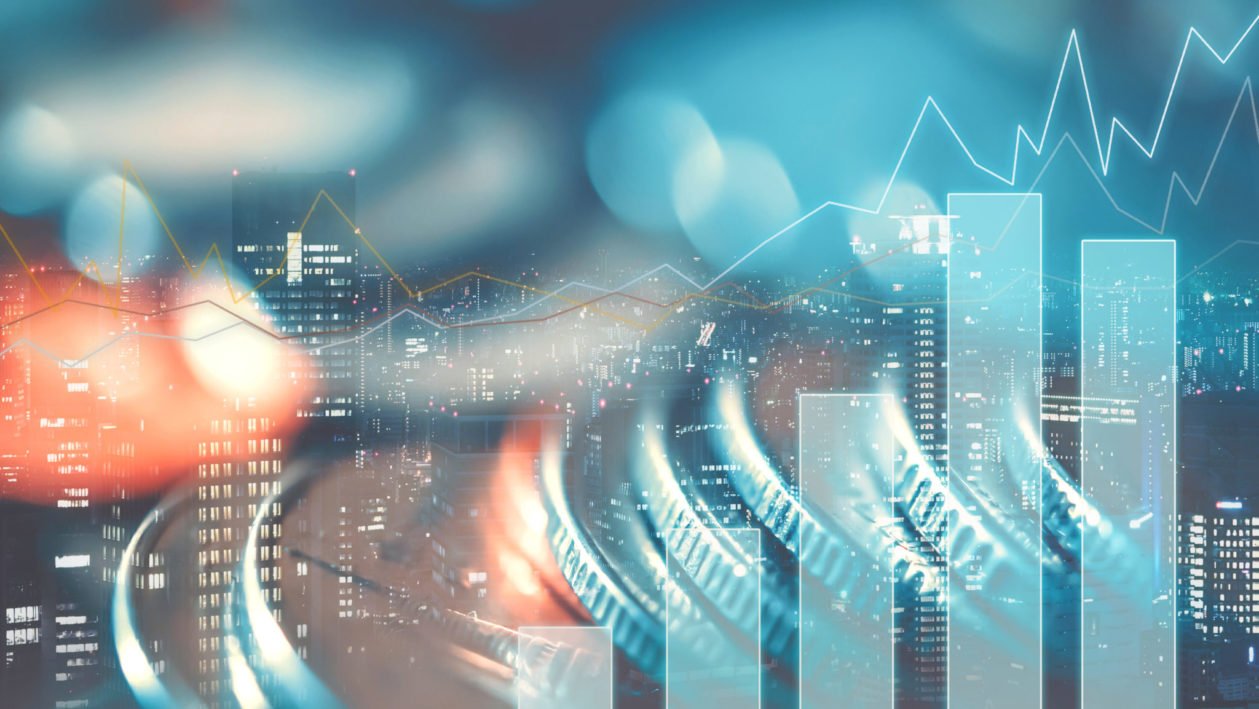American novelist Gregory Maguire once wrote, “From torched skyscrapers, men grew wings.”
I think about this imagery a lot; the birth of something beautiful from the ashes of destruction, the hope and willpower of the human spirit. Although the COVID-19 pandemic is hurting businesses worldwide, plunging the world into uncertainty, it will inevitably bring restructuring and balance.
Venture capitalists who place big bets on new technology will play a role in deciding what the world after COVID-19 will look like. Where capital flows, and which companies receive it, will be as water onto soil. Based on my own investments, and conversations I’ve had with other VCs, I’ve put together some recommendations for investing into our current “new normal” and keeping an eye on what comes next.

Win: The Sharing Economy
Companies like Airbnb, Postmates, DoorDash, broadly defined as “the sharing economy,” are all highly compelling investments right now. Quarantine has validated the business model of moving goods and services from a centralized location directly to the consumer (those social distancing from home are relying on these companies to provide food and other necessities).
As a full disclosure, I’m financially invested in Airnbnb and don’t claim to speak for the company. However, what they’re doing during this outbreak by donating inventory and making rebooking easier post-quarantine is very admirable. It also makes them a part of the solution, which is how companies need to view themselves if they want to survive long-term.
Win: Software as a Service (SaaS)
The fastest return-on-investment will come from SaaS businesses. Cloud-based services, like Salesforce and Zoom, are the new infrastructure of the on-demand economy and serve a critical role as the labor force pivots to a work-from-home model—I think Robert Smith at Vista Equity is the Warren Buffett of the SaaS space. As a millennial VC, I have watched and learned from him tremendously. These SaaS companies, specifically in the sales automation, supply chain dynamics and professional services space, have huge untapped potential and real EPS.

Even as Netflix sent its corporate staff home, its market value has recently surpassed oil-giant Exxon Mobil. Every company is going to need to have a contingency plan—which can only be executed through scalable cloud-based technology stacks. In other words, every company needs to invest in DevOps more than ad sales divisions.
Win: Shipping Companies
Investors should look for distressed sectors in logistics or freight that can be reinvented through cloud software and ML data analytics. That thesis is why I invested in Flexport, a modern logistics company serving 200 countries and offering new novel solutions for a full range of services, including ocean, air, truck and rail freight, drayage and cartage, warehousing, customs brokerage, financing and insurance—all informed and powered by our software platform.
(Peter Thiel led the round along with Bloomberg Beta, Google Ventures and Y Combinator, among other major investors in the company.)
Biggest Mistake for VCs
The biggest mistake for investors is assuming there will be a premature recovery and things will go back to “normal.” The world as we knew it in the fall of 2019 is not coming back. A new society will emerge, one in which theaters, restaurants and entire industries never fully recover. With roughly 30 million people now unemployed, companies are unlikely to hire the majority of their labor force back.
VCs should look toward RPA (robotic process automation) technology. Just like how the Agricultural Revolution of the 18th century paved the way for the Industrial Revolution in Britain, RPA is the fourth revolution and will usher in a new era of hyper-automation. Even though this will ultimately mean less human capital is needed, I agree with what professor Melvin Kranzberg says, “Technology is neither good, or bad, it is neutral.”
With direct-to-consumer models replacing retail, old institutions are being converted into on-demand delivery ecosystems. I envision a near-term future where cell phones function as a remote control for anything you want; when it’s the Fourth of July, you’re able to have a barbecue grill delivered for $20 rather than purchasing your own grill (that is unused 95 percent of the time.) The concept of “ownership,” I believe, will be a 20th-century theory because everything will be available on-demand. My thesis is that the licensing model will become ubiquitous in physical and retail items. Just as the licensing model became prevalent in software, it will become the preferred model for household items and general retail items used by consumers.
An early pioneer is Travis Kalanick and his Cloud Kitchens. Ultimately, I envision large multimillion-square-foot warehouses that have local two-hour delivery for any retail product you need to use but don’t necessarily want to own. This inventory could actually be supplied by small business entrepreneurs (similar to what Jeff Bezos did with Amazon).
For example, you could have a small business hardware store that closes down and instead he “licenses” (rents) drill guns, (because nobody really needs to buy a drill gun, but everyone might need it to assemble something). By way of example, a local bike shop could just stop selling bikes and license them. This will be better for the business overhead, it will provide reliable revenue to access credit facilities and it will give consumers more choice and variety. In other words, every stakeholder is winning.
Just as software is licensed, consumers will be able to rent anything in the world and then have the products sent back to a centralized warehouse.
The new normal will be “lack of ownership,” where all our goods and services will be on a licensing model. As Elon Musk famously said, “Owning a car will be like owning a horse.”






